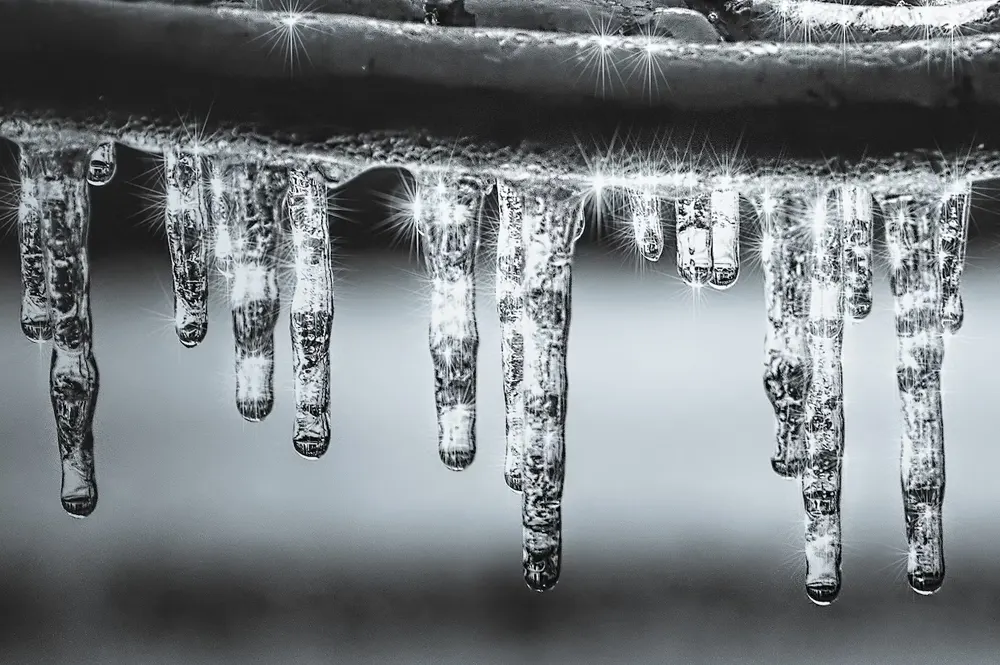
With winter comes the threat of damage to your home from snow, ice and freezing. Did you know that homeowners file five times as many claims for damage due to burst pipes than claims for fire damage? Protect your pipes with these tips.
Turn on the taps
Let the water drip in extreme cold. Even if the water does freeze, this will relieve some of the water pressure and keep the pipe from bursting.
Open cabinets
Leave the cabinets open under your kitchen and bathroom sinks. This keeps warm air circulating around your pipes.
Wrap the pipes
If your pipes are in areas that don’t get warm air, consider insulating them with insulation sleeves or wrapping. You can get foam rubber or fiberglass sleeves at your local hardware store, or call a plumber to do it for you.
Seal the gaps
Cracks in your home’s outside walls or foundation should be caulked to keep cold air away from your pipes.
Drain your pipes
If you’re taking a trip in the winter, consider draining your pipes to prevent them from bursting. Shut off the main valve and then turn on all the taps (hot and cold) and let the water run until the pipes are emptied.
Keep the heat on
While it may not be the most cost-effective approach, keeping the heat on can help prevent pipes from bursting or freezing. Keeping the temperature set to at least 50° F on a regular basis should help keep your pipes warm.
Add insulation
Fitting pipes with extra insulation in typically cold areas of the home like basements or attics can help prevent them from freezing.

